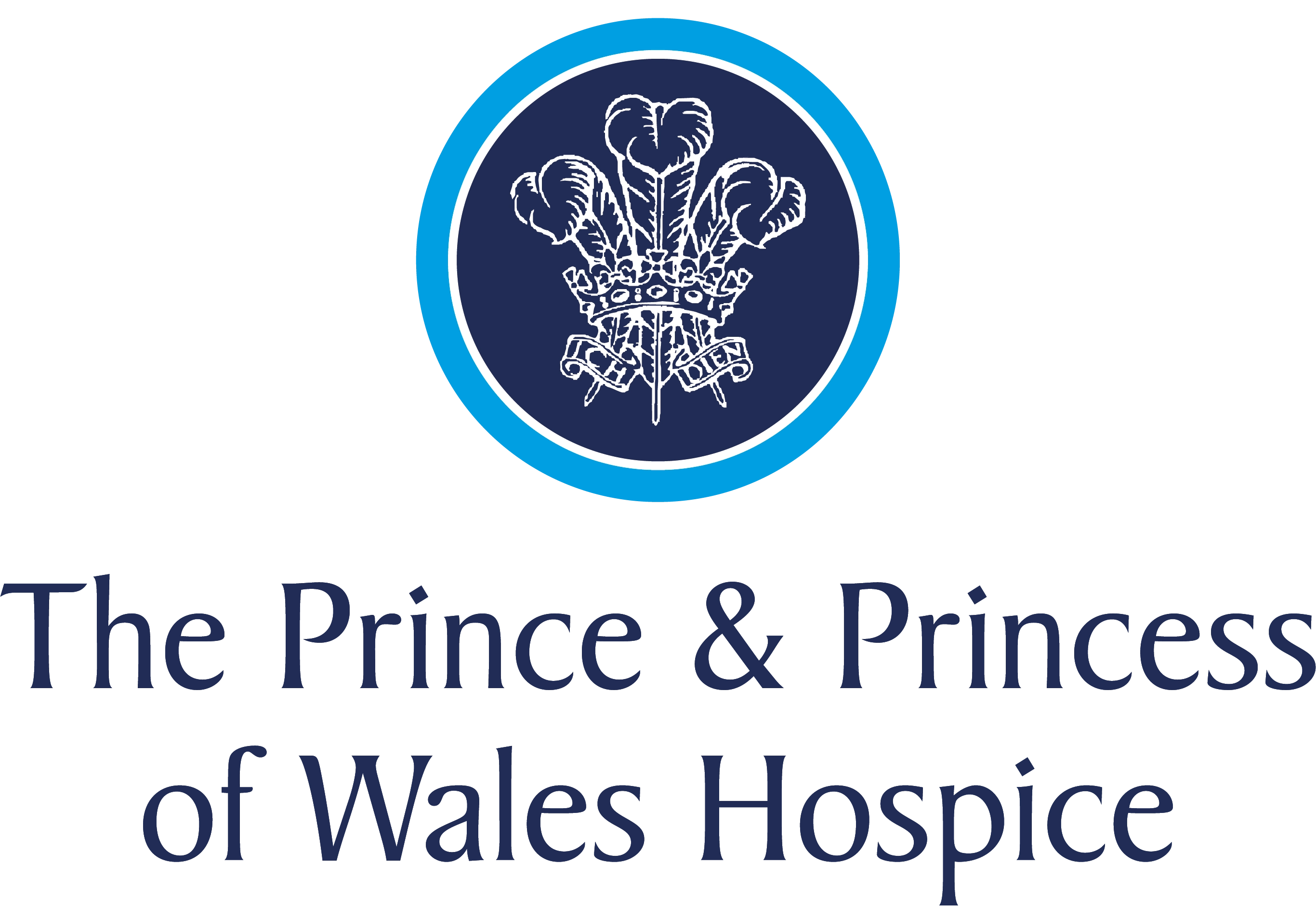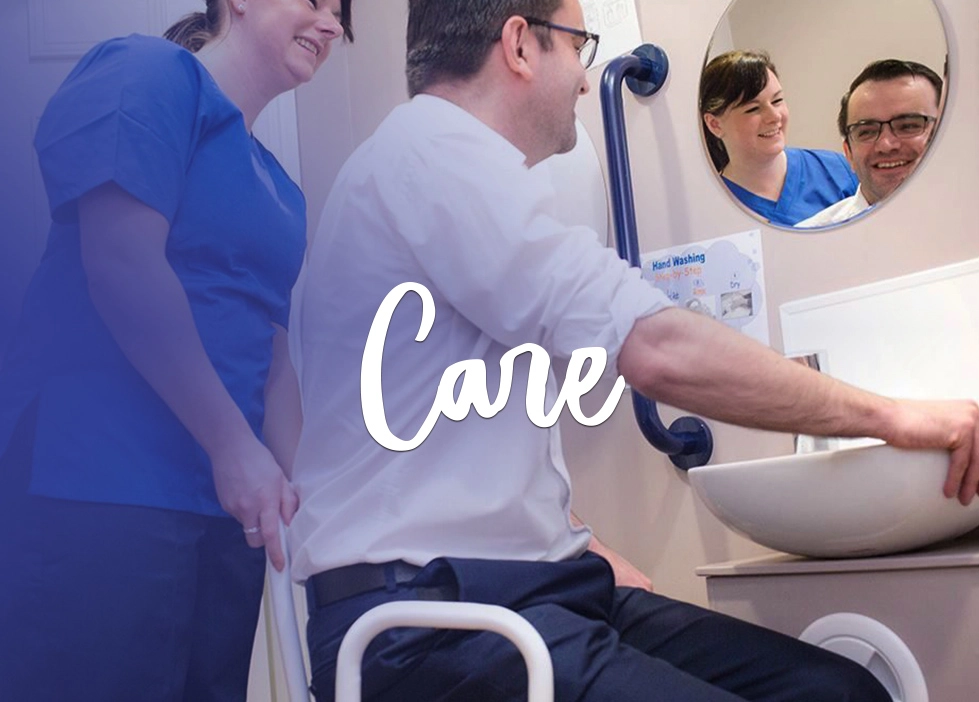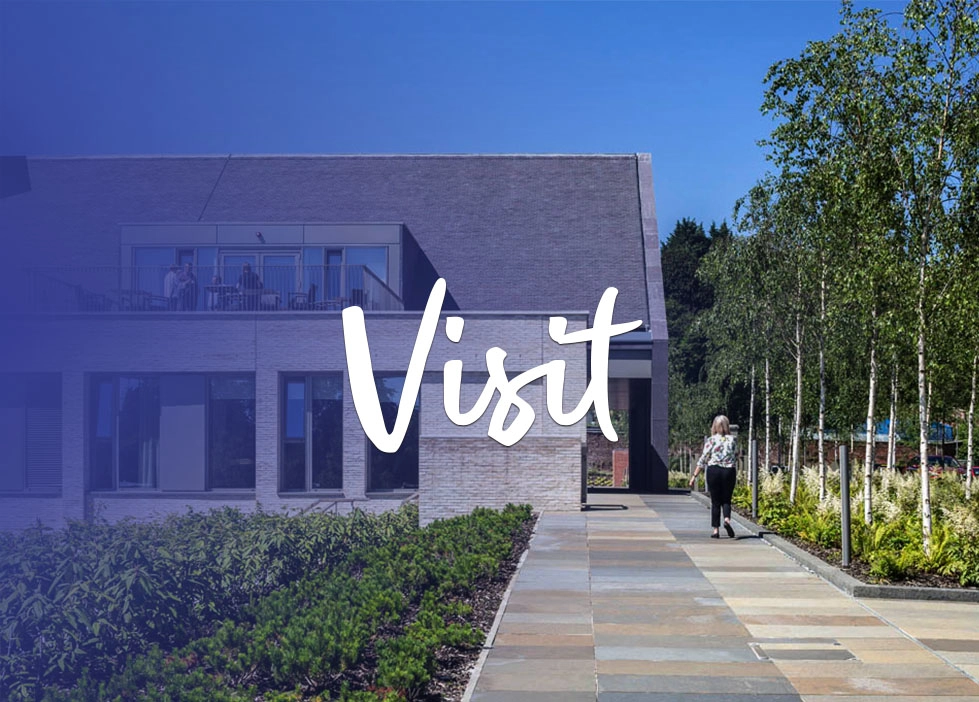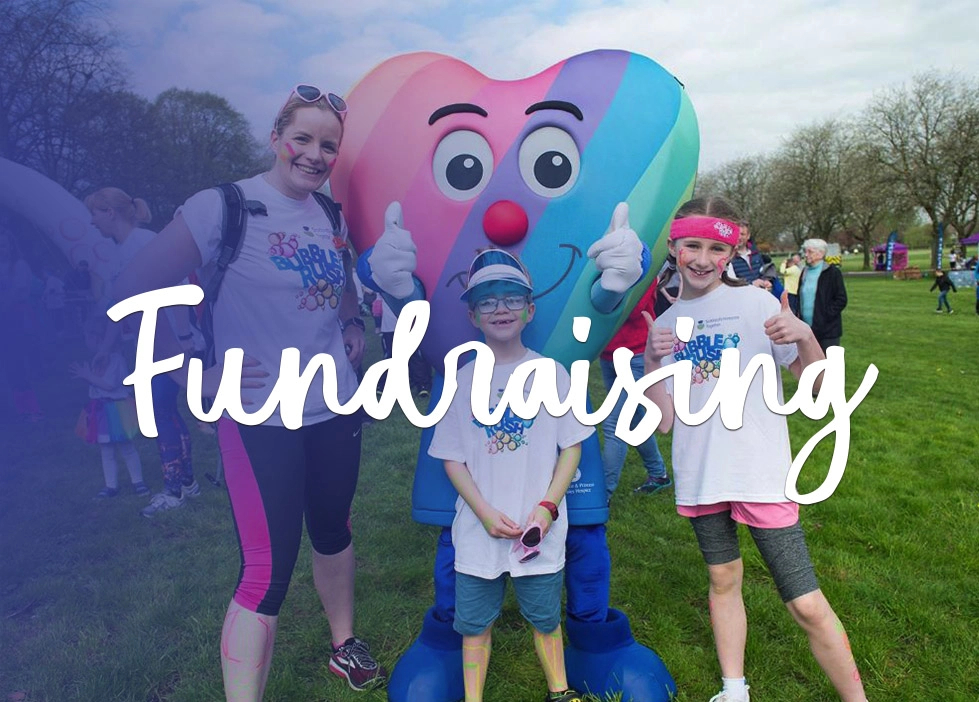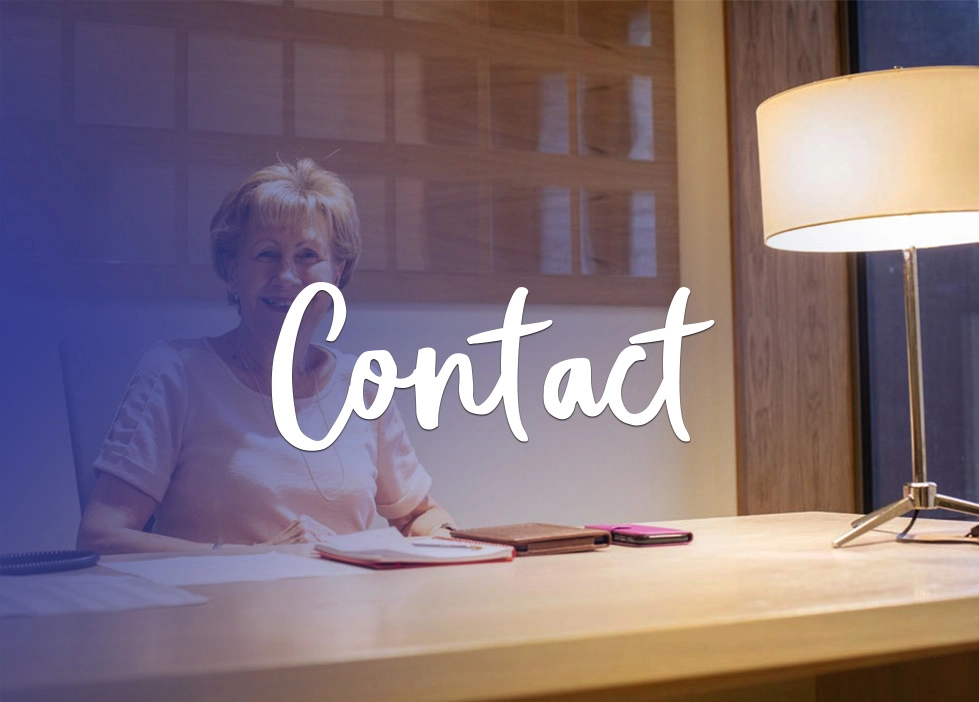Sensory Ways of Being: Stories of Connection
Authors: Kirsty Stansfield BA(Hons), MSc, PhD, Jeni Pearson BA(Hons) (Artists, Creative Arts Service) and Calum Frame (Music Therapist, Family Support Services), The Prince & Princess of Wales Hospice, Glasgow.
Date: 30 September 2025
Context
The Prince & Princess of Wales Hospice (PPWH) works across two corporate health and social care partnerships with a population of over 3,000, taking referrals from more than 60 GP practices and hospitals across the Glasgow area. PPWH is also the Hospice UK Centre of Learning for Young Adult Care.
Currently PPWH supports around 36 young adults with life-limiting complex neurological and genetic conditions. This cohort participates in regular 2:1 immersive sensory sessions and group music therapy as part of the weekly Young Adult Living Well Hub.
Whose voice? Young adults who have complex neurological and genetic conditions. Many do not use words yet communicate in rich and unique ways.
What are ‘stories’ when you take words away? What do these stories sound, look, taste, smell and feel like? Too often these individuals don’t have opportunities to express themselves or share their views. How can we be sure of consent? How can we create space for individuals to be author of their own story?
Aims
- To create accessible and equitable opportunities for people who do not use words to communicate decisions, express emotions and explore imagination through creative, collaborative music-making and shared multi-sensory experience.
- To support creative autonomy.
- To build trust and connect to self and others in creative and meaningful ways.
What?
2:1 immersive sensory sessions using sensory modalities available to the young adult, including:
- Playlists, field recordings, percussion, breath and vocal sounds, Deep Listening.
- Projected light, reflection, shadows.
- Touch and textured objects.
- Movement.
Group music therapy involved:
- Developing and adapting music therapy activities, songs and techniques to suit diverse needs.
- Exploring sound through play, movement, tempo and dynamics.
- Using vocalisations as communicative and musical tools.
- Choice boards to support participation.
- “This is my sound” songwriting (see appendix).
Wider Information Gathering
- Details matter: observing small changes to facial expression, posture and vocal sounds.
- Good communication with family members and support workers.
- Input from the multidisciplinary team (MDT).
What Happened?
- Learnt about young adults’ ways of communicating, recognising subtle changes and patterns over time.
- Used open and responsive improvisation.
- Created shared experiences with value and connection.
- Worked in age-appropriate ways – young adults are not children.
- Explored sensory needs.
Practitioner Reflections
Artists:
- Iterative creative process – observe, plan, do, reflect.
- Improvisation practices: step into the unknown and build on what emerges, aware this may change.
- Practice with bravery. Not getting things right is not failure but an opportunity to learn.
Music Therapist:
- On hearing sounds, what are vocalisations accompanied by? Smiles, movement, frowns, heavy eyes? These offer insight into emotion.
- Quieter or softer vocalisations and subtle movements can be missed in larger groups.
- As practitioners, is it our job to listen more deeply, to amplify, or both?
Outcomes
- Created time and space for young adults to be seen, heard and to tell their own story in their own way.
- Expanded experiences of storytelling – stories of sound, sight, touch and smell, felt in the body.
- Sessions encouraged imagination, self-expression and connection.
- Music-making brought young adults and carers together.
- Practitioners built knowledge of unique communication patterns over time.
- Adapted DISDAT (Distress and Discomfort Assessment Tool) and shared findings with MDT.
Learning
- Communicating via the senses takes time, like learning a new language.
- Be comfortable with silence.
- Be open to all forms of behaviour as communication.
- Every person has a voice that can be expressed musically.
- The voice, breath, pauses and cracks communicate powerfully without words.
Why is this Important?
- There are limited services for the complex social and medical needs of this cohort.
- We must challenge unconscious ableism to ensure interactions are equitable and inclusive.
Feedback
“I was brought to tears seeing the young people's reactions. Each engaged in different ways and Calum led the session adapting to each individual's needs. It truly was magical. Our son really enjoys these sessions.” – Parent of YA
"My son loves the variety of activities during sensory sessions. He is more content and calmer afterwards. He loves the light and noises. I always hear laughter when he’s in the room." – Parent of YA
“They raised their arm and foot while vocalising, which we understood as a sign of deep connection. They were moved to tears of happiness while smiling broadly.” – Extract from Crosscare record
A Rallying Cry!
We don’t hear enough about the lived experience of people with life-limiting illness who don’t use words to communicate. Their stories are often not told. This is about equity and valuing different lived experiences. We will continue to advocate for the creation of spaces where people who communicate without words can tell their own stories and have their voices heard. Join us.
Appendix – “This is my sound”
Over summer 2025, a six-week songwriting block gave young adults a space to share what matters to them. Starting with favourite songs and moving to films, places and loved ones, the group created collaborative improvisations and songwriting. Each young adult contributed a verse, supported by carers and peers, followed by a chorus uniting their sounds and actions.
References
- Culture Health and Wellbeing Alliance & Willis, J. (2024). Creative Health Quality Framework. Available at: https://www.culturehealthandwellbeing.org.uk/quality-framework-resource-pack
- Dileo, C. and Loewy, J. (2005). Music Therapy at the End of Life. New Jersey: Jeffrey Books.
- Disability Distress Assessment Tool. Available at: https://connect.humber.nhs.uk/wp-content/uploads/2024/09/Dis-DAT_Tool.pdf
- Grace, J., Nind, M., de Haas, C. & Hope, J. (2024). Expanding Possibilities for Inclusive Research. Social Sciences, 13(37). https://www.researchgate.net/publication/377252766
- Levy, S. & Young, H. (2018). The Ripple Effect: Relational Social Care Through Art. https://ideasteam.org/wp-content/uploads/2018/11/the-ripple-effect-artlink-report-2018-1.pdf
- Marshall, S. (2017). On measuring the subtleties of change. International Journal of Art Therapy, 22(2), pp.57-63. https://doi.org/10.1080/17454832.2017.1296477
- McCance, T. & McCormack, B. (2017). Person-Centred Practice in Nursing and Health Care. Oxford: Wiley-Blackwell.
- Oliveros, P. (2005). Deep Listening: A Composer’s Sound Practice. iUniverse.






